Things You'll Need
Adobe Photoshop, Illustrator, or Indesign
Image or artwork at least 8.5" x 11" and 300dpi
Interesting and legible fonts
Large printer, or access to a local printer
Rewritable CD or DVD and burner
A little imagination
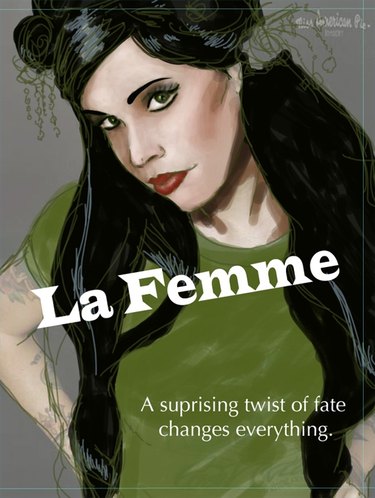
Have you ever seen a movie poster and thought, "I could do better than that?" Here's your chance to prove it -- or actually learn how! If you have one of three Adobe progams -- Photoshop, Illustrator, or Indesign -- you're ready for action.
Step 1
Open your program. Create a new document in the size you want your poster to be. Common sizes are 18" x 24" and 24" x 36". Your poster can be as big as you want or need it to be. When you are entering in your size, add 0.25" extra on each side for bleed. For example, the 18" side of your document should be set to 18.25". If you are in Photoshop, make sure you set the resolution to at least 300 dpi. Make sure your color mode is CMYK and not RGB. CMYK is the color mode that is best for printed pieces. You can set the color mode in Illustrator as well. Indesign should be automatically set to a print color mode.
Video of the Day
Step 2
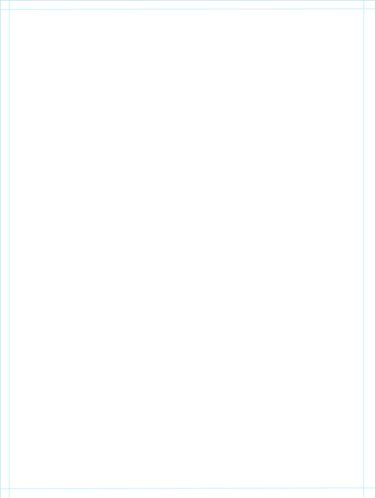
Go into View and select "Show rulers". In Photoshop and Illustrator, click and hold on a ruler and drag the mouse into the document. This should create a guide. Place the guide at the 0.25" mark of each side so you know where the document will cut off. This will become especially important when you add the text. You wouldn't want to place text within the 0.25" mark, because it will get cut. In Indesign, go into Layout, Margins and Columns. Put in your margins of 0.25" all around. The program will create an automatic margin box for you.
Step 3
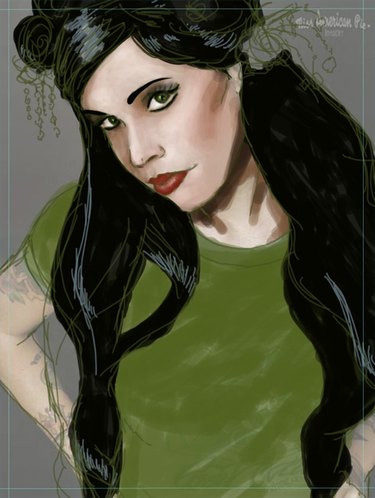
Add your image! Your image should be CMYK, at least 300 dpi, and preferably 8.5" x 11" to start. In Photoshop, you may copy and paste into the document, which is easiest. Have the image open, also on Photoshop, and select the whole image or portion you will use for your poster; hit Command+C, click into your poster document and hit Command+V. Now you can transform the image. Hit Command+T and hold the shift button when you resize, to ensure that the proportions are not distorted.In Illustrator, go to File and click on "Paste." This will let you browse through images. Pick the one you want, and it will automatically appear in the document. All you need to do is click on it and hold down Shift as you resize it from any of the corners.In Indesign, go to File, click on "Place" and select your image. Your cursor has now changed. Click anywhere in the document and your image will come up. To resize it, hold down Shift as you drag it to the size you need. Now press and hold Shift, Alt and Command at the same time, and press the letter "e." You will see that your image is now the size of its created box.
Step 4
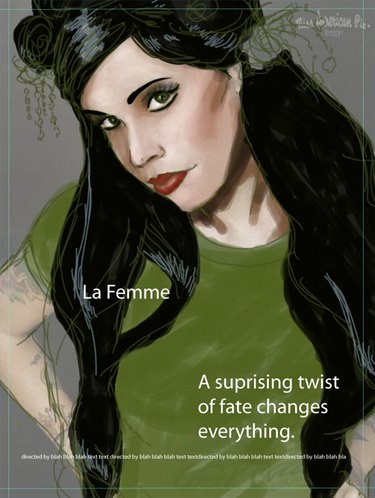
Adding text: Hopefully, you already know what text you want to add to the poster. With this information, select the Type tool in any program and add in your text. It doesn't matter what it looks like at this point. Just make sure that you add text separately for separate sections. For example, the title will be separate from any comments or ratings. The bottom of your poster will be separate from the top.
Step 5
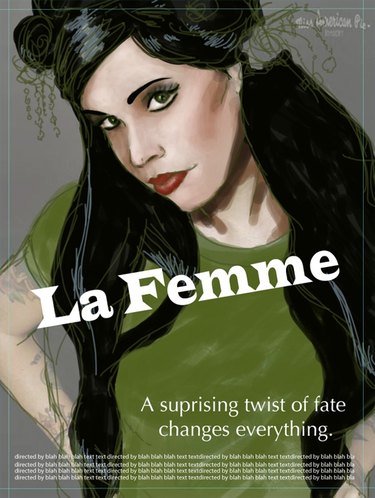
Let's move text around! Make sure that your text is legible. If you have a dark background image, use light lettering, as in the example image. If you have a light background, use dark text. Red type is very nice on either background, especially if it is bold subject matter. (Bold red lettering, for example, would not be used in a whimsical story like "The Secret Garden.") Experiment with different fonts and sizes. Make sure that the text and its placement complement the image and do not fight or compete with it. This can take several hours or just a few minutes. Just play around with it.
Step 6
Check your spelling and proofread your poster! Once you approve it (or get it approved), you are ready to print. Save a copy of the document. On the copy, not the original, you need to flatten your text. If you are in Photoshop, select your text, go to Layer, Rasterize, Type. This will make the type an image. You can no longer edit the text in this version. Save the file as a Press Quality or Very High Quality PDF or EPS and burn it on a DVD or CDR. You can now take it to your local printer. You are done! Go get a frame for it!In Illustrator, first make sure that this is a copy, NOT THE ORIGINAL WORKING COPY! Select all (Command+A). Select Type and "Create Outlines." At this point, your text has become a path/shape. You can no longer make any text edits. Save the file as a Press Quality or very High Quality PDF or EPS and burn it on a DVD or CDR. You can now take it to your local printers. You are done! Go get a frame for it!In Indesign, select File and "Export." Make sure you are exporting the image as a Press Quality PDF. You will need to burn the PDF along with its font (s) onto a DVD or CDR. You can now take it to your local printers. You are done! Go get a frame for it!
Tip
A good way to begin is to draw thumbnails of your poster showing its basic composition. These are small, very rough pencil versions to be created before you start your poster. Take a look at existing movie posters and write down what you like about them. Sometimes, with very interesting use of text, an image isn't necessary at all!
Warning
Do not use an image less than 300 dpi. It will look terrible. If you do not flatten your text, make sure to burn the font along with your file when you take it to the printer. Save, save, save! Save while you are working. Since this is a big document, it is also a big file. This can cause computers to crash. You do not want your project crashing when you haven't saved a thing!
Video of the Day